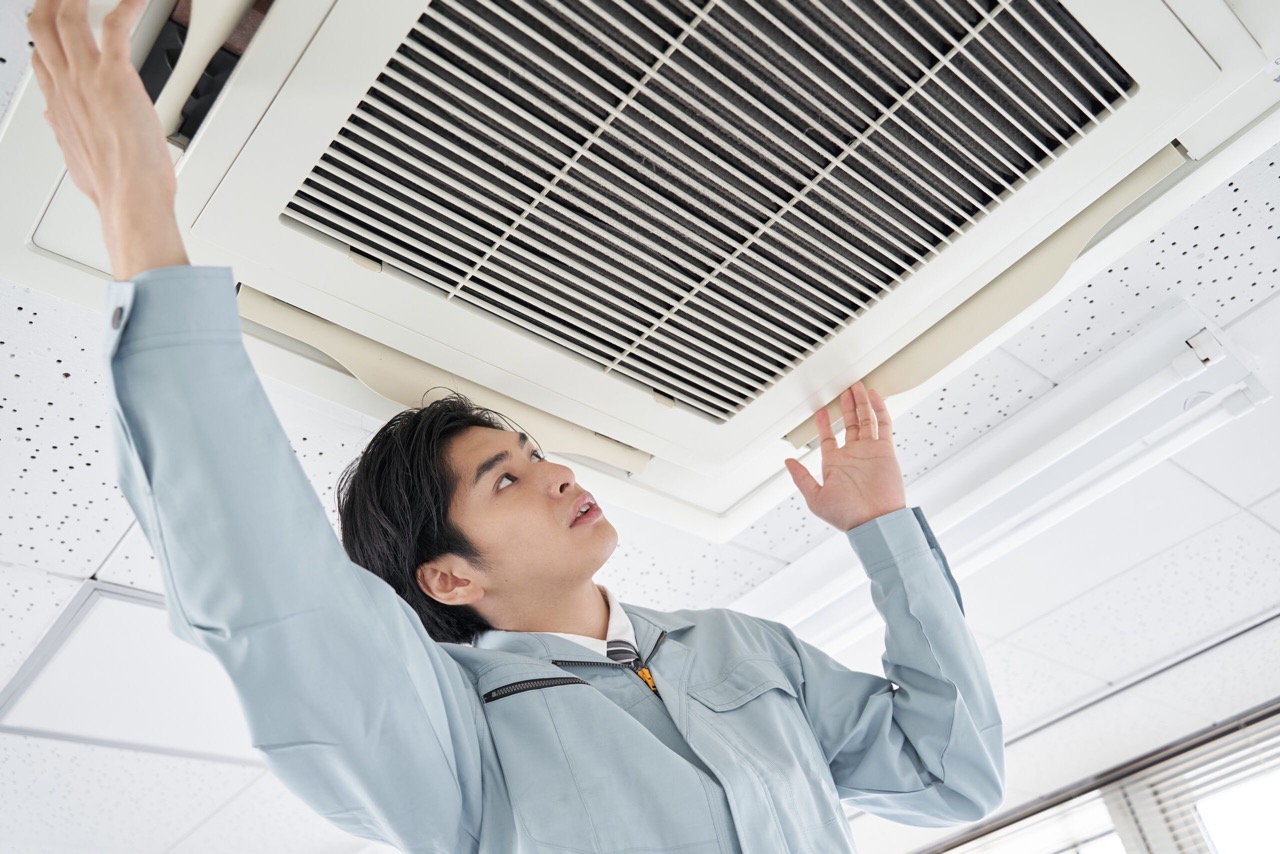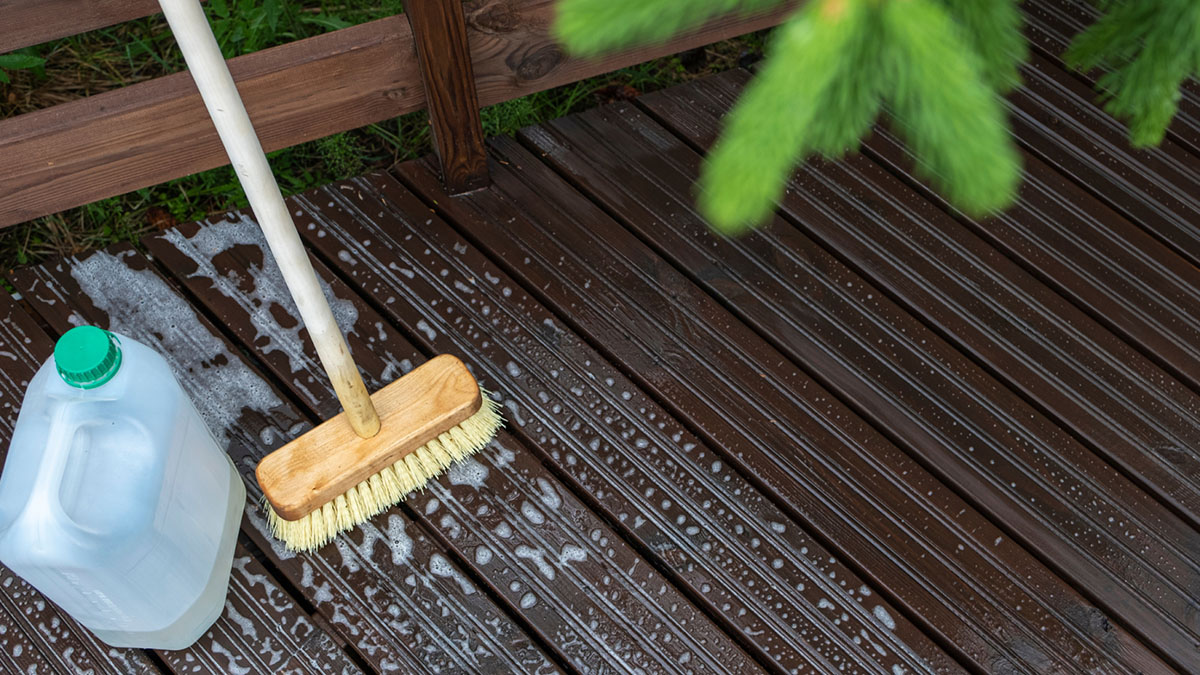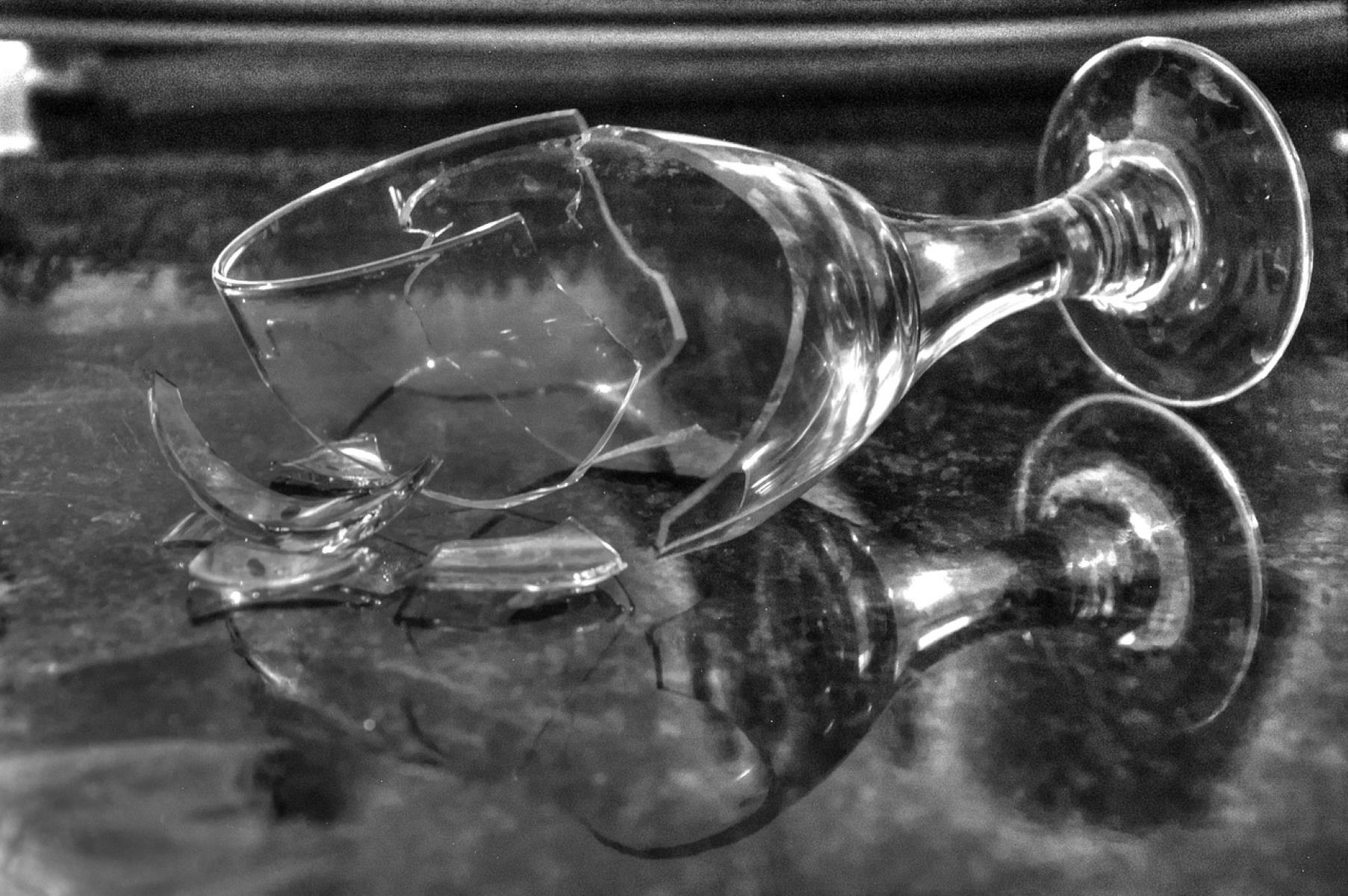Home>Gardening & Outdoor>Landscaping Ideas>Why Is The Super Bowl Grass So Slippery


Landscaping Ideas
Why Is The Super Bowl Grass So Slippery
Modified: February 2, 2024
Discover the secrets behind the slipperiness of Super Bowl grass and get landscaping ideas to achieve the perfect turf for your own sports field. Learn how to improve traction and prevent slips.
(Many of the links in this article redirect to a specific reviewed product. Your purchase of these products through affiliate links helps to generate commission for Storables.com, at no extra cost. Learn more)
**
Introduction
**
The Super Bowl is the pinnacle of American football, drawing millions of viewers each year to witness the clash of the top teams in the National Football League. While the game itself is the main attraction, the condition of the playing surface also garners significant attention. In recent years, concerns have been raised about the slippery nature of the grass on the Super Bowl field, leading to speculation and debate among fans, players, and experts. This phenomenon has sparked curiosity and prompted a closer look at the factors contributing to the slick conditions and its impact on the game.
The slipperiness of the Super Bowl grass has become a topic of interest not only for football enthusiasts but also for sports scientists and turf experts. Understanding the science behind this slippery surface, the contributing factors, and its implications for players and game strategy is essential for appreciating the complexities involved in creating optimal playing conditions for such a high-stakes event.
In this article, we will delve into the intriguing world of Super Bowl grass and explore the science behind its slippery nature. We will also examine the various factors that contribute to these conditions, the impact on players and game strategy, and potential solutions for improving the field conditions. By shedding light on these aspects, we aim to provide a comprehensive understanding of why the Super Bowl grass can be so slippery and the implications it holds for one of the most anticipated sporting events of the year.
**
Key Takeaways:
- Slippery Super Bowl grass is caused by wet natural grass, high clay content in soil, and weather conditions like rain and frost. This affects players’ stability and game strategy, demanding adaptability and resilience.
- Solutions to improve field conditions include hybrid grass systems, soil management, strategic irrigation, and weather mitigation. These innovations aim to provide a reliable and stable playing surface, enhancing the game for players and fans.
Read more: What Grass Was Used In The Super Bowl
The Science Behind the Slippery Grass
**
The slipperiness of the grass on the Super Bowl field can be attributed to a combination of scientific factors that interact to create challenging playing conditions. One of the primary contributors to this phenomenon is the type of grass used on the field. Many Super Bowl stadiums opt for natural grass, which, despite its aesthetic appeal and environmental benefits, can pose challenges in maintaining optimal traction for players.
Natural grass, especially when well-watered to ensure lush greenery, can become slick under certain conditions. The grass blades, when wet, can retain moisture and become more prone to bending and compacting under the pressure of players’ movements. This can lead to a reduction in surface friction, making it easier for players to slip and slide, particularly during quick directional changes or sudden accelerations.
Furthermore, the composition of the soil beneath the grass plays a crucial role in determining its slipperiness. Soil with high clay content tends to retain more water, which can exacerbate the slickness of the playing surface. Additionally, the density and depth of the grass roots, as well as the overall soil compaction, influence the ability of the field to absorb and drain water effectively, thereby impacting its traction properties.
Weather conditions also play a significant role in the slipperiness of the grass. Rain, snow, or even high humidity can contribute to the moisture content of the field, potentially making the surface more slippery. In colder climates, frost or frozen dew on the grass can further exacerbate the slick conditions, posing additional challenges for players as they strive to maintain stability and agility on the field.
Understanding the science behind the slippery grass underscores the intricate interplay of natural elements and human intervention in shaping the playing surface. By grasping these scientific underpinnings, we gain valuable insights into the complexities involved in optimizing field conditions for the Super Bowl, where the stakes are high, and the margin for error is minimal.
**
Factors Contributing to Slippery Conditions
**
Several interconnected factors contribute to the slippery conditions experienced on the grass of the Super Bowl field, influencing the playing surface and posing challenges for athletes and coaches alike. Understanding these factors is essential for comprehending the multifaceted nature of the issue and exploring potential solutions to mitigate the slipperiness.
One of the primary contributors to slippery conditions is the type of grass utilized on the field. Many Super Bowl stadiums feature natural grass, which, while visually appealing and environmentally friendly, can become slick under specific circumstances. The lush, well-watered grass can retain moisture, reducing surface friction and increasing the likelihood of players slipping during rapid movements or sudden changes in direction.
In addition to the grass type, the soil composition beneath the playing surface plays a pivotal role in determining its slipperiness. Soils with high clay content tend to retain more water, exacerbating the slick conditions. Furthermore, the density and depth of the grass roots, along with soil compaction, influence the field’s ability to absorb and drain water effectively, impacting its traction properties.
Weather conditions also significantly impact the slipperiness of the grass. Rain, snow, high humidity, and dew can all contribute to increased moisture content, making the playing surface more slippery. In colder climates, frost and frozen dew can further exacerbate the slick conditions, posing additional challenges for players striving to maintain stability and agility on the field.
Human factors, such as maintenance practices and the timing of watering, also play a crucial role in the slipperiness of the grass. Overwatering, improper drainage, and inadequate aeration can all contribute to the accumulation of moisture on the field, heightening the risk of slippery conditions. Furthermore, the timing of maintenance activities, such as mowing and grooming, can impact the grass’s resilience and traction, affecting its slipperiness during gameplay.
By examining these interconnected factors, we gain a comprehensive understanding of the complex dynamics that contribute to the slippery conditions experienced on the Super Bowl grass. Addressing these factors requires a multifaceted approach that considers the scientific, environmental, and human elements involved in maintaining optimal playing conditions for this iconic sporting event.
**
To improve traction on slippery Super Bowl grass, players can wear longer cleats to dig into the turf and provide better grip.
The Impact on Players and Game Strategy
**
The slippery nature of the grass on the Super Bowl field exerts a significant impact on players and game strategy, influencing the dynamics of the game and posing challenges that demand adaptation and strategic acumen. Understanding these implications is essential for appreciating the far-reaching effects of the slick conditions on the field and the strategies employed by teams to navigate these challenges.
For players, the slippery grass introduces a heightened risk of injury and impedes their ability to execute precise movements and rapid directional changes. The reduced surface friction can lead to slips, falls, and compromised stability, affecting players’ confidence and agility on the field. This, in turn, influences their approach to gameplay, requiring adjustments in footing and movement to compensate for the slick conditions.
Furthermore, the slipperiness of the grass can impact the strategic decisions made by coaches and players. It necessitates a recalibration of game plans, with teams adjusting their tactics to accommodate the challenges posed by the playing surface. The slick conditions may prompt a shift in offensive and defensive strategies, influencing the choice of plays, player positioning, and the overall tempo of the game.
Defensive players, in particular, may leverage the slippery conditions to their advantage, employing techniques that capitalize on the reduced traction experienced by their opponents. Conversely, offensive players must adapt their movements and routes to mitigate the impact of the slick surface, requiring heightened awareness and adaptability during gameplay.
From a strategic standpoint, the slippery grass introduces an element of unpredictability, adding an additional layer of complexity to an already intense and high-stakes event. Coaches and players must factor in the field conditions when formulating and executing their strategies, recognizing the need for flexibility and quick adjustments to optimize their performance in the face of the slick playing surface.
By recognizing the profound impact of the slippery grass on players and game strategy, we gain insight into the intricate interplay between environmental factors and the dynamics of competitive sports. Navigating these challenges demands resilience, adaptability, and strategic prowess, underscoring the multifaceted nature of the Super Bowl and the complexities involved in achieving success on the grand stage of professional football.
**
Solutions for Improving Field Conditions
**
The slippery conditions experienced on the grass of the Super Bowl field have prompted a concerted effort to explore solutions aimed at enhancing the playing surface and mitigating the challenges posed by the slick grass. Addressing these issues requires a multifaceted approach that encompasses scientific innovation, meticulous maintenance practices, and strategic adaptations to optimize field conditions for the pinnacle of American football.
One approach to improving field conditions involves leveraging advancements in turf technology and grass varieties. The development of hybrid grass systems, which combine natural grass with synthetic fibers, offers enhanced durability and resilience, reducing the likelihood of slickness while maintaining the aesthetic appeal of natural turf. These innovative systems provide improved traction for players, offering a potential solution to the slipperiness experienced on traditional grass surfaces.
Furthermore, advancements in soil management and drainage systems play a crucial role in mitigating the slick conditions on the Super Bowl field. Implementing effective soil aeration and drainage solutions can enhance the field’s ability to absorb and disperse moisture, reducing the risk of surface slickness. Additionally, strategic irrigation practices, tailored to balance hydration and surface traction, contribute to optimizing playing conditions and minimizing the impact of excessive moisture on the grass.
Meticulous maintenance practices also play a pivotal role in improving field conditions. Regular monitoring of soil moisture levels, combined with precise watering schedules, helps maintain optimal turf traction while minimizing the risk of slickness. Strategic mowing and grooming techniques further contribute to enhancing the grass’s resilience and traction, ensuring a playing surface that meets the rigorous demands of the Super Bowl.
Weather mitigation strategies, such as the use of field coverings and heating systems, can help counter the adverse effects of inclement weather on the playing surface. By protecting the grass from excessive moisture and frost, these measures contribute to maintaining consistent traction and stability, mitigating the challenges posed by unpredictable weather conditions.
By implementing these comprehensive solutions, the Super Bowl can strive to optimize field conditions, providing players with a reliable and stable playing surface that minimizes the impact of slippery grass. Embracing scientific innovation, meticulous maintenance practices, and strategic adaptations enables the creation of an optimal environment for the pinnacle of American football, elevating the game and enhancing the experience for players and fans alike.
**
Read more: Why Is My Grass Growing So Fast
Conclusion
**
The slippery nature of the grass on the Super Bowl field represents a captivating intersection of scientific complexities, environmental influences, and strategic implications, shaping the dynamics of one of the most anticipated sporting events in the world. By delving into the science behind the slippery grass, exploring the factors contributing to these conditions, and examining their impact on players and game strategy, we gain a comprehensive understanding of the multifaceted nature of this phenomenon.
The slipperiness of the grass, influenced by the type of grass and soil composition, weather conditions, and maintenance practices, presents a unique set of challenges for players and coaches, demanding adaptability, resilience, and strategic acumen. The slick conditions introduce an element of unpredictability, adding an additional layer of complexity to the high-stakes competition of the Super Bowl.
However, the pursuit of solutions aimed at improving field conditions offers a beacon of hope, leveraging advancements in turf technology, soil management, and maintenance practices to mitigate the challenges posed by the slippery grass. Through innovative approaches and meticulous attention to detail, the Super Bowl can strive to provide players with a reliable and stable playing surface that minimizes the impact of slickness, enhancing the integrity and competitiveness of the game.
As we look to the future of the Super Bowl and the ongoing quest to optimize field conditions, it is evident that the slippery grass represents not only a technical challenge but also a testament to the resilience and ingenuity of the sports community. Embracing scientific innovation, environmental stewardship, and strategic adaptations enables the creation of an optimal playing environment for the pinnacle of American football, elevating the game and enriching the experience for players and fans alike.
In closing, the slippery grass of the Super Bowl field serves as a compelling reminder of the intricate interplay between nature, technology, and human endeavor, underscoring the enduring allure and complexity of this iconic sporting event. By addressing the challenges posed by the slick conditions, the Super Bowl continues to evolve, setting the stage for unforgettable moments of athleticism, strategy, and triumph on the grandest of scales.
Frequently Asked Questions about Why Is The Super Bowl Grass So Slippery
Was this page helpful?
At Storables.com, we guarantee accurate and reliable information. Our content, validated by Expert Board Contributors, is crafted following stringent Editorial Policies. We're committed to providing you with well-researched, expert-backed insights for all your informational needs.















0 thoughts on “Why Is The Super Bowl Grass So Slippery”